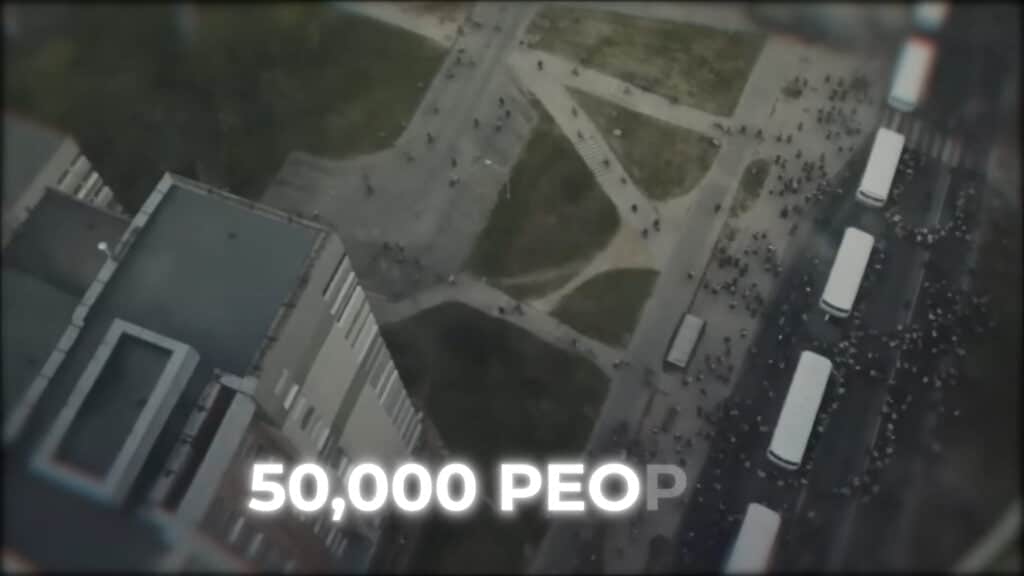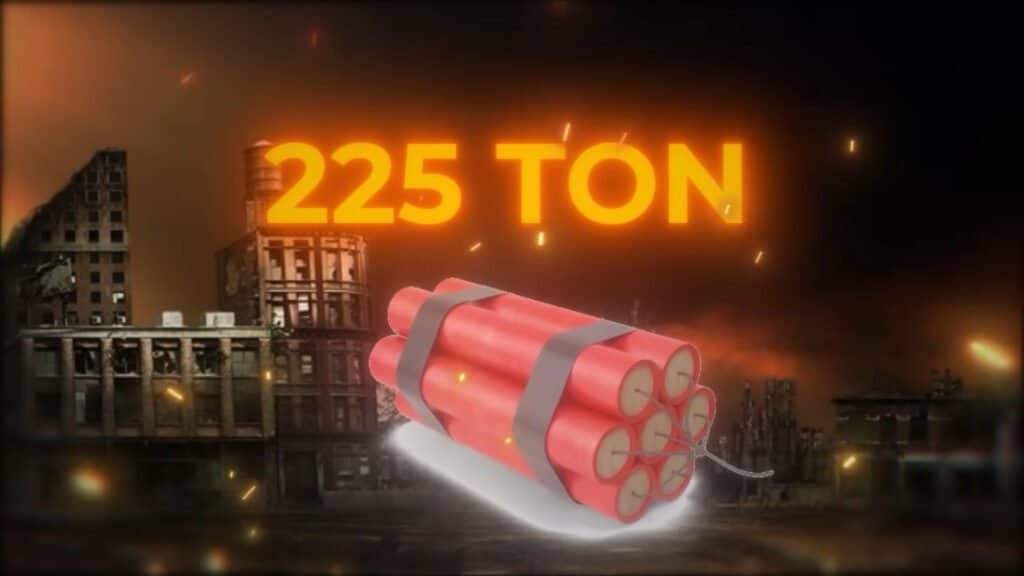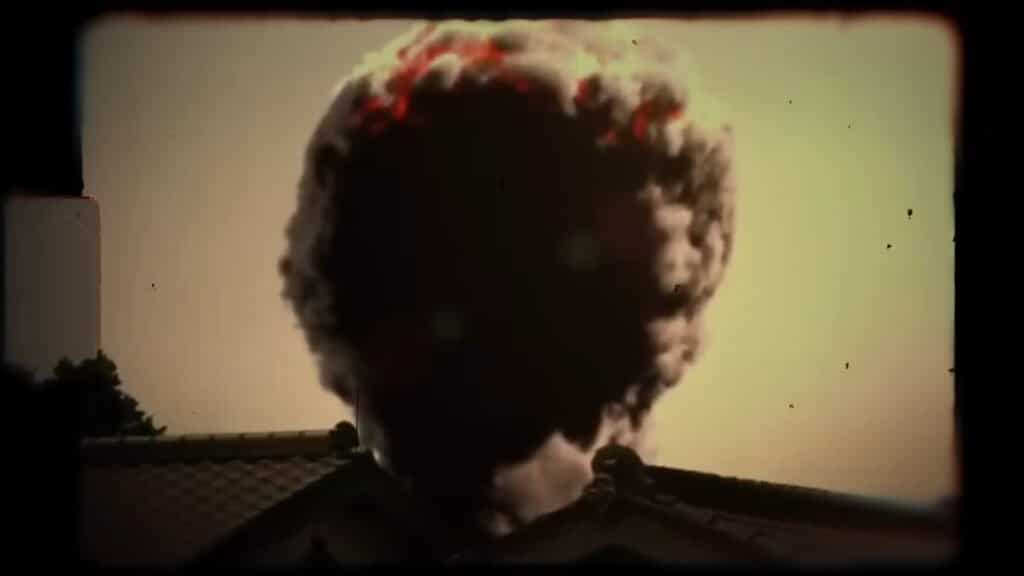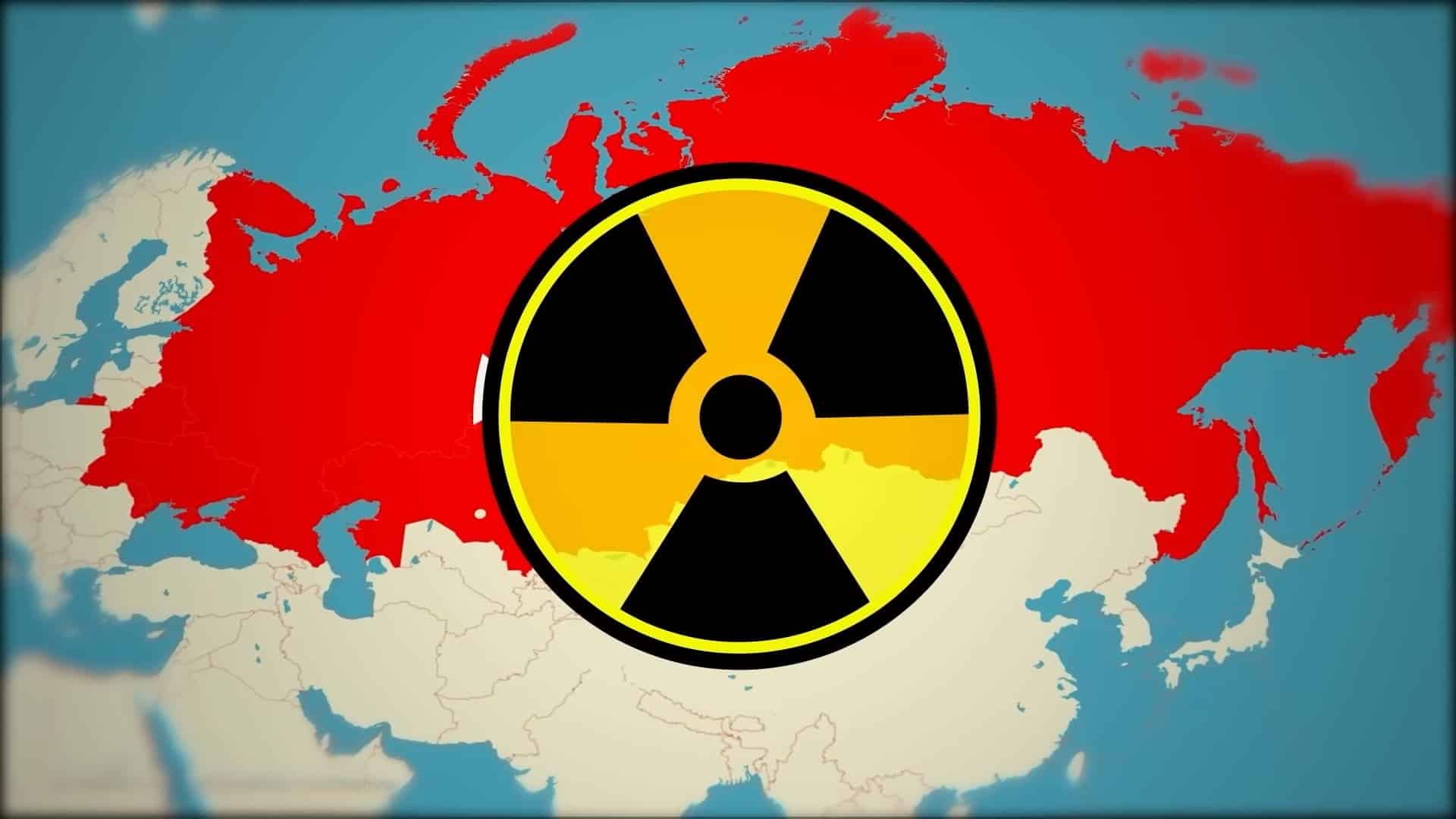Chernobyl Disaster: Unraveling the Tragic Events and Impact
The bombs dropped on Hiroshima and Nagasaki caused an explosion equivalent to 15 kilotons of TNT. The blast spread radioactively active gases in the atmosphere more than 400 times the amount released in a regular incident. Today, a massive dome, 354 feet tall and 840 feet wide, stands as a curtain over the site of this historic event. This dome is associated with the Chernobyl Nuclear Disaster, where, due to a small error, 225 tons of TNT equivalent was released. It happened in Pripyat City, 100 km from the Ukrainian capital, Kyiv, which is now completely abandoned. At that time, Ukraine was part of the Soviet Union during the Cold War, and the Soviet Union was actively building several nuclear power plants, including the one in Chernobyl.

The Chernobyl plant had four nuclear reactors named Reactors 1, 2, 3, and 4. Reactor 4, the one with the large dome today, was the last one built. Each reactor had the capability to produce 1000 megawatts of electricity, fulfilling a significant portion of the electricity demand in the Soviet Union. These reactors worked by heating water through nuclear reactions, producing steam that powered turbines, generating electricity.
Due to the chain reaction nature of nuclear reactions, control rods were crucial in managing the process. Each reactor had 211 control rods made of boron carbide, absorbing neutrons released during the nuclear reaction. Neutrons, generated when uranium atoms undergo nuclear fission, were absorbed by these control rods to control the reaction. However, in the case of a meltdown, the graphite-tipped control rods would stick, causing the nuclear reaction to slow down.
The design of the cooling system in Chernobyl’s reactors was unique. Unlike a car engine where water circulation stops when the engine is off, the water rotation inside a nuclear reactor must not stop even for a second, as the heat continues to be produced even after the reaction stops. The water pumps inside the reactor were always in operation to ensure the reactor remained cool.

In the event of a power failure, backup diesel generators were installed, but the issue was that it took 60 seconds for the water pumps to restart when shifting to the diesel generator. Engineers wanted to avoid any interruption in water circulation during this 60-second shift.
After seconds, the backup generator would start as planned. However, its testing was pending. This testing was a mandatory process, and only Reactor 4’s testing had been successfully completed on One, Two, and Three reactors by the evening of April 25, 1986. The preparation for performing the safety test on Reactor 4 was underway.

The testing was being conducted under the supervision of Deputy Chief Engineer Anatoly Dyatlov. The safety test had failed on Reactor 4 in the previous two attempts. It was decided that, no matter what, the test would be conducted on this night. According to the rulebook, the test would be performed when the reactor was supplying 700 megawatts of power. However, normally, it supplied 1000 megawatts. The Deputy Chief Engineer ordered the insertion of control rods to slow down the reaction when the reactor was already giving 1000 megawatts.
Everything was going normally until this point, but it seems that the control rods might have been inserted too much. As a result, the reactor’s power dropped directly from 1000 to 30 megawatts. To increase the power back, the control rods were slightly withdrawn, and the power reached 200 megawatts. To further increase the power, more control rods were pulled out. At that moment, only eight out of a total of 211 control rods were inside the reactor.

This violated the rule book, which stated that there should be no less than 15 control rods inside the reactor. Due to this violation, when the reaction accelerated and the power increased from 200 to over 1000 megawatts, crossing several thousand megawatts due to excessive heat, water in the pipes started to evaporate rapidly, inadvertently cooling the reactor core.
At this time, a wave of fear swept through the control room, and the entire reactor began to vibrate. The only solution to control this situation was to immediately press the emergency shutdown button. This action would send all the control rods into the reactor, stopping the nuclear reaction. The engineers followed this protocol, pressing the emergency shutdown button. However, as the control rods went in, there was a powerful explosion at the tip of the control rods. The intensity of this explosion was equivalent to the blast of 225 tons of TNT.

To give you a comparison, the nuclear bomb dropped on Hiroshima, known as “Little Boy,” released gases into the atmosphere 400 times less than those released in this disaster. At that time, it was the night of April 26, 1986, around 1 AM. Questions arise about why the control rods, which were inserted to slow down the reaction, were then withdrawn. In reality, the explosion occurred because the tip of the control rods was made of graphite, as mentioned earlier.
The control rods were made of boron carbide, which could stop the nuclear reaction. Still, the graphite tip promoted the reaction. Just before pressing the emergency shutdown button, when the reactor was already beyond its limit, the graphite tip accelerated the reaction, causing the power to increase from 30 to 1000 megawatts. The vibration in the reactor caused the level of tolerance in the reactor walls to end, resulting in an explosion.
Two engineers were killed on the spot, and two others were severely burned. Due to the explosion, a fire broke out in the reactor building. Initially, it was assumed to be a normal fire because no one knew that radioactive material had already been released into the atmosphere due to this explosion. Firefighters arrived at the scene immediately, attempting to extinguish the fire with water, but it was not an ordinary fire; it was a graphite fire.
After the accident, the entire prepared city was evacuated overnight, affecting
Around 50,000 people lived here. By declaring an emergency, the Soviet Union arranged for the evacuation of several hundred buses, transporting the city’s residents far away to Slavutych. In Nobel for the next 10 days, efforts continued to extinguish the fire. With the help of helicopters, over 5,000 tons of sand and other substances were dropped to control the fire. Eventually, after 10 days, the fire was extinguished.
However, even after extinguishing the fire in the reactor, the danger was not completely eliminated. There was a pool of water beneath the reactor that contained a significant amount of radioactive material. If not emptied in time, the steam from this pool could release more radioactive gases into the atmosphere.
To empty the pool, someone had to jump in and open the drain valve at the bottom. Three heroes, Superheroes in a sense – Alexei Ananenko, Senior Engineer Valeri Bespalov, and Shift Supervisor Boris Baranov, volunteered for this risky mission. They swam in the dark, opened the drain, and prevented a further nuclear reaction.

The consequences, however, were severe. The iodine-131 and other dangerous chemicals had already spread in the air, causing thyroid cancer in thousands and leading to numerous casualties. The chemicals also contaminated the vegetation, affecting animals that consumed it.
Before the news of the disaster spread, the Soviet Union initially tried to suppress it, considering the ongoing Cold War and the potential impact on its image. However, the situation couldn’t be hidden for long.

After 36 hours of the explosion, on April 28, the Swedish Radiation Monitoring Station observed an increase in radiation levels in the air, which was coming from Ukraine. This forced the Soviet government to acknowledge the incident. Even after extinguishing the fire in the reactor, the radiation risk persisted.
The disaster caused immense damage, with iodine-131 and other radioactive materials affecting thousands of lives. The Chernobyl site remains restricted to the public, and even after 38 years, radiation continues to be released. The Chernobyl Exclusion Zone, with its massive dome installation costing around 3 billion USD, aims to prevent the spread of radiation into the atmosphere for the next 100 years.
It’s important to note that the figures mentioned are estimates, and the actual impact of the Chernobyl disaster on human health and the environment is challenging to determine accurately. The video hopes to bring awareness to the ongoing consequences of the Chernobyl disaster, emphasizing the need for caution and preventive measures against nuclear accidents.
Share this content:




Post Comment